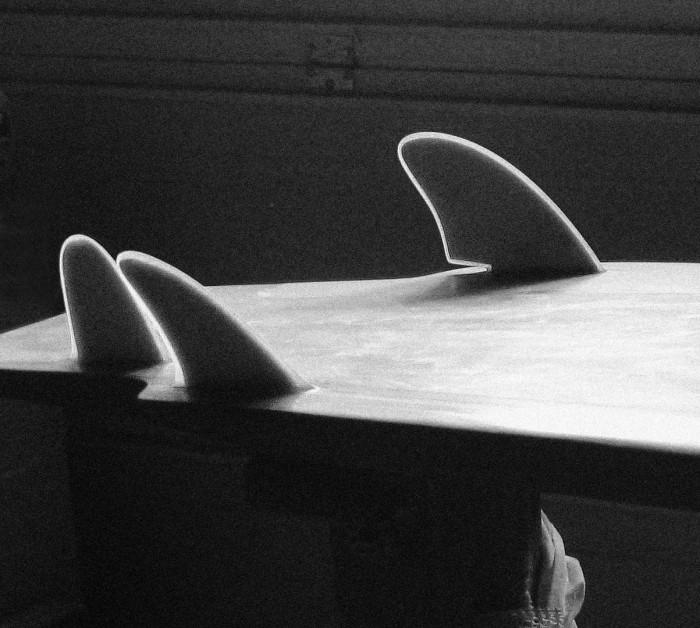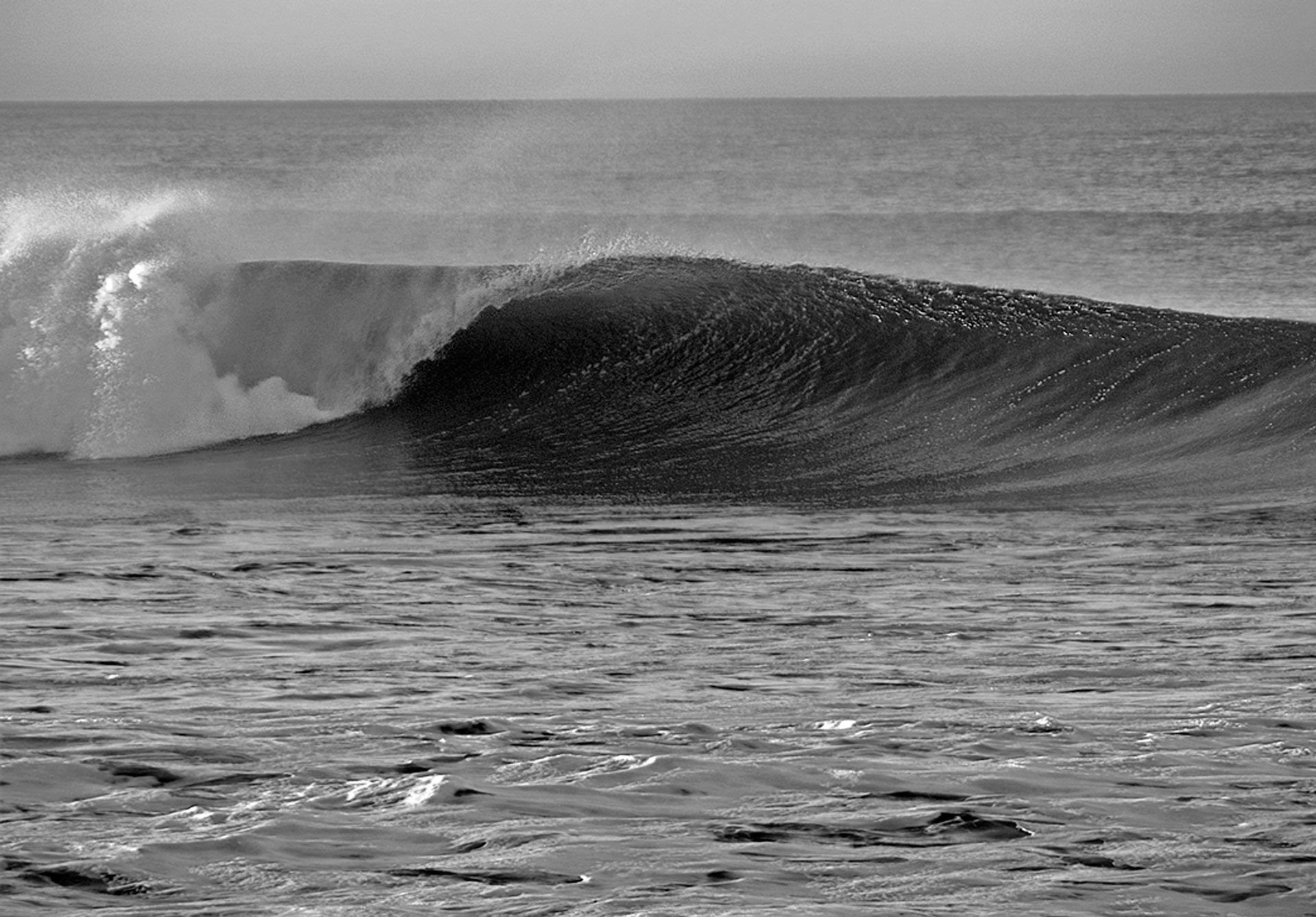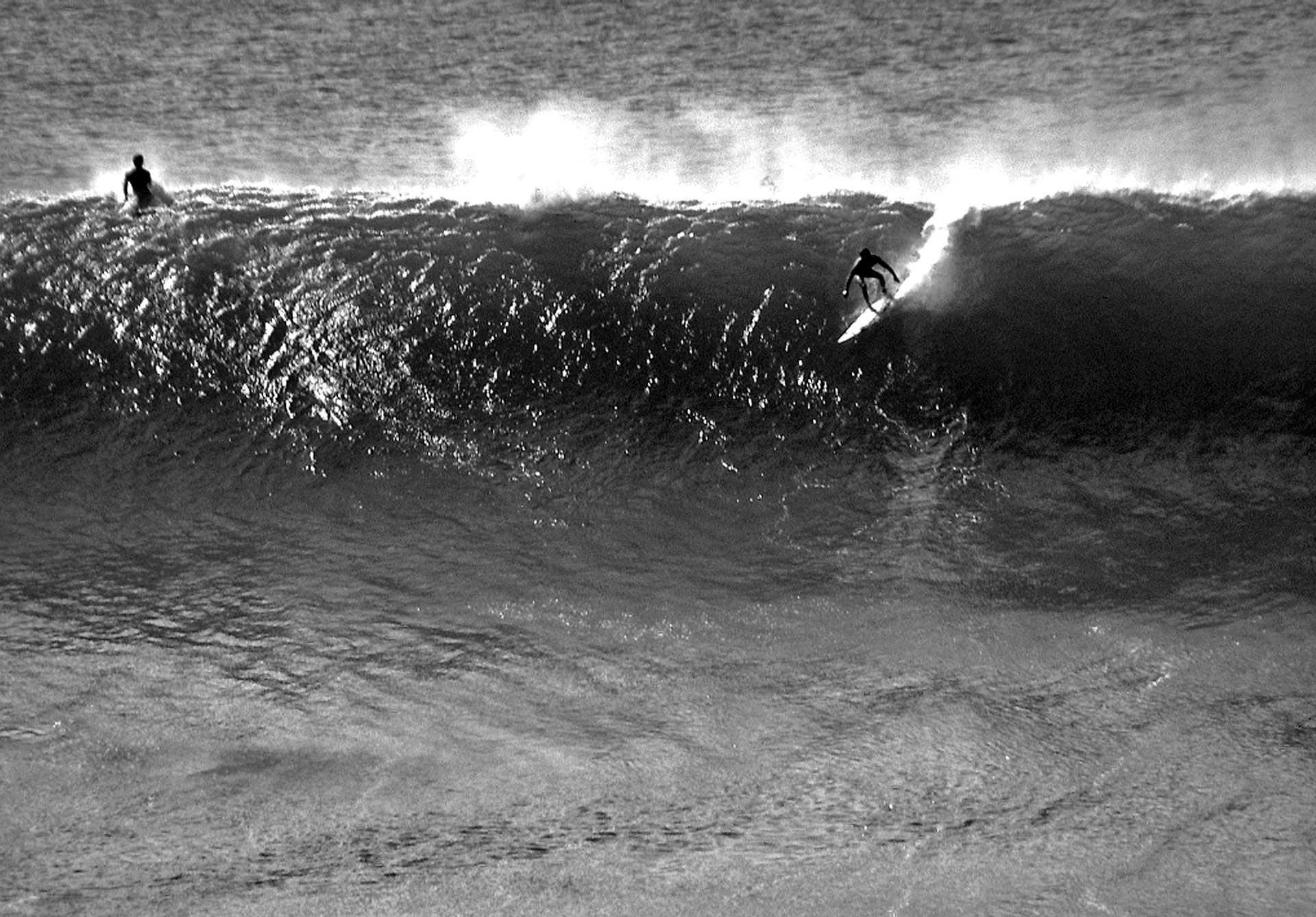Glass-on Fins vs Removable Fin Systems
From strictly a performance standpoint, glass-on fins have a slight advantage. It’s all about a better flex pattern.Glass-ons have no flex at the base and maximum flex at the tip. If the fin is foiled properly from base to tip then the fin will flex properly from base to tip. The result is more drive, response and power out of the turn. That being said, the average surfer will not feel the performance gain. If the fins are not the perfect size for the board, placed in the right position, toe’d correctly with the perfect cant angle, the board will not perform as desired and there is no method of adjustment. Other than some sanding and filing you cannot experiment with your fins. For the typical surfer the benefits of glass-ons do not outweigh the negative aspects however they do look very cool.
Early removable fin systems were developed for the benefit of the board manufacturer and the surf shop. More boards could be shipped in a box with less damage and more boards could fit into the surf shop racks. The quality of the early fin systems were not as good as they are today and fin box repairs and lost fins were fairly common. Most of today’s removable fin systems are designed for high performance surfing. The ability to change fins, and in some cases adjust the fin position is a huge benefit over glass-on fins. The removable fin system brings creativity to the surfer and gives him the ability to fine tune or completely change the board’s performance.











